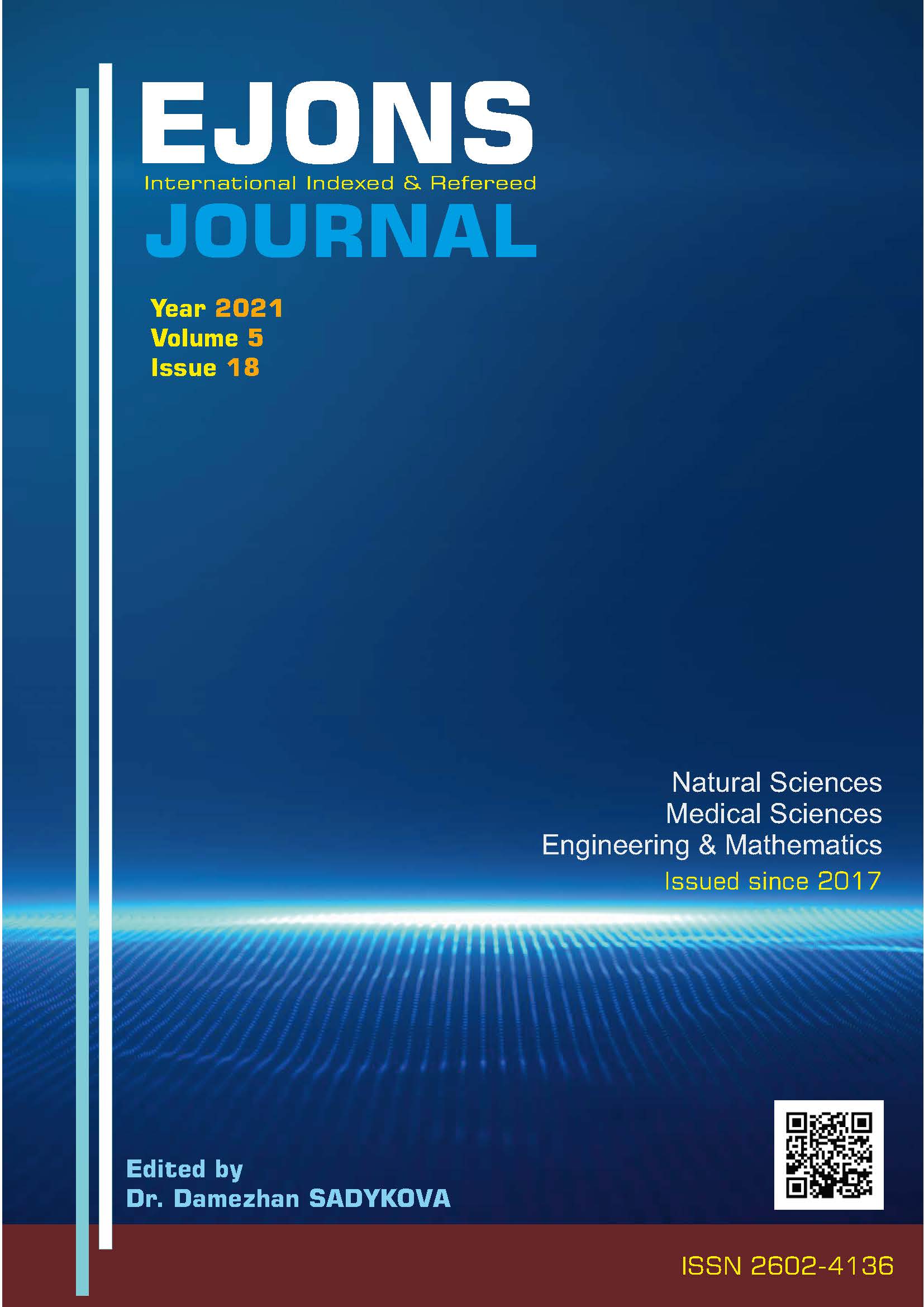RELATIONSHIP BETWEEN OSTEOARTHRITIS AND VENOUS INSUFFICIENCY
DOI:
https://doi.org/10.38063/ejons.434Keywords:
Osteoarthritis, Venous Insufficiency, Exercise, Vitamin D.Abstract
INTRODUCTION: Primary knee osteoarthritis is a chronic degenerative disease that affects the articular cartilage and most of the surrounding tissues. Pain, stiffness and limitation of physical function are the main clinical symptoms of knee osteoarthritis. Osteoarthritis is a common condition such as venous insufficiency. Deceleration or interruption of venous flow may lead to joint degeneration, as it disrupts the nourishment and basic structure of the cartilage layer. In addition, impairment of the calf muscle pump due to chronic venous insufficiency may also contribute to the development of osteoarthritis. Therefore, we can suppose that there may be a relationship between osteoarthritis and venous insufficiency. PATIENTS AND METHODS: In our study, 28 patients diagnosed with venous insufficiency and osteoarthritis were included. CEAP (clinical, etiologic, anatomic, pathophysiologic) classification was used to evaluate venous insufficiency in our patients. In addition to routine laboratory and radiological examinations, 25-hydroxyvitamin D (25 (OH) D) levels were also measured in our patients. RESULTS: Eleven of our patients were female and 17 were male, their ages ranged from 24 to 87 and the mean age was 60.46 ± 16.03 years. According to the CEAP classification, 14 of our patients were C3, 10 were C4, 2 were C5 and 2 were C6. Vitamin D levels were not normal in all patients except one female patient. Vitamin D levels ranged from 4.5 ng/mL to 33.2 ng / mL, and the mean vitamin D level was 11.6 ± 7.3 ng/mL. The mean vitamin D level in female patients was significantly lower than in male patients (p <0.05). Three male and four female patients had vitamin B12 deficiency. CONCLUSION: In cases with osteoarthritis and venous insufficiency, strengthening the calf-muscle pump by applying regular exercise to the ankle joint in addition to medical treatment is an effective treatment approach. Additionally, vitamin D deficiency should be avoided as adverse effects on both venous insufficiency and osteoarthritis are likely.
Downloads
Published
How to Cite
Issue
Section
License

This work is licensed under a Creative Commons Attribution-NonCommercial 4.0 International License.


